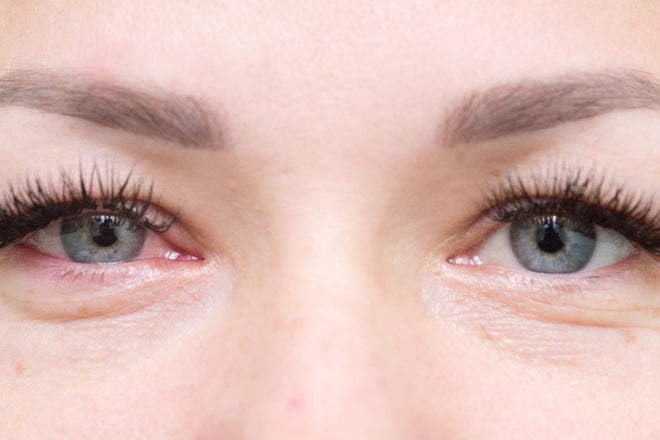“Pink eye”, or conjunctivitis, is a common eye condition that causes inflammation of the tissues (conjunctiva) that surround the front part of the eye. This includes the white portion (sclera) of the eye, as well as the inside surface of the eyelids.
What Are the Symptoms of Pink Eye?
The symptoms of pink eye vary depending on the cause of the inflammation. The most common symptoms of conjunctivitis are:
- Swollen lymph nodes
- Swollen conjunctiva
- Excessive tearing
- Green or white discharge from the eye
- Itchy eyes
- Burning eyes
- Blurred vision
- Light sensitivity
- Thick yellowish discharge that crusts over your eyes after sleeping
What Causes Pink Eye?
The following are common causes of pink eye:
- Fungi, amoebas, and parasites
- Bacteria
- Viruses like the common cold
- Allergic reactions to pollen, smoke, dust, or other related things
- Contact lens allergy
- Reaction to eye drops or artificial tears
- Irritants like dirt, chlorine, shampoo, and sawdust
While many people think of pink eye as a disease in children, it’s important to also know what causes pink eye in adults. There are actually many possible causes, each of which may require different treatment. So, we’re going to dive in and talk about each possible cause, and what to do to help resolve it.
What Bacteria Causes Pink Eye?
Common bacteria that cause pink eye in adults include:
- Staphylococcus aureus
- Streptococcus pneumoniae
- Haemophilus influenzae
With bacterial conjunctivitis, the eyes are red and swollen. A green or yellow discharge sticks to the eyelids so much that you sometimes have to pry the lids or lashes apart to open your eyes. You may also notice a loss of vision, sensitivity to light, burning, and pai
Bacterial conjunctivitis is a severe medical condition since it can potentially lead to your vision being damaged if left untreated. If you experience any of the symptoms mentioned above, contact your nearest eye care professional for immediate treatment.
Viral Conjunctivitis
Viral conjunctivitis is caused by viruses like the adenovirus and varicella-zoster (shingles) virus. It is characterized by a watery discharge and a "salmon pink" color to the white part of the eye. It is usually accompanied by flu-like symptoms like a sore throat, enlarged lymph nodes in front of the ear, and a fever.
Symptoms usually last 7 to 14 days, and no treatment is generally necessary if it is just viral conjunctivitis. However, if your pink eye is getting worse after 7 to 10 days, then it’s appropriate to get it checked out by an eye care professional.
Allergic Conjunctivitis
Allergic conjunctivitis is the result of your eyes’ reaction to pollen, dust, molds, dander from pets, chemicals, or certain medicines. These allergens hit the eye and cause swelling, redness, and tearing.
This condition can occur seasonally or year-round, depending on your eyes’ reaction to a particular allergen and any pre-existing allergic conditions like hay fever, hives, or asthma.
Allergy-related pink eye is usually not severe and can be managed by cold compresses, artificial tears, and an over-the-counter antihistamine.
Final thoughts
Pink eye is not usually a sight-threatening condition, but the eye discomfort, tearing, redness, and pain is sometimes enough to seek medical treatment.
Also, viral and bacterial conjunctivitis are contagious, so you have to be very careful to wash your hands and not touch other people since the virus and bacteria are in your tears and eye discharge.
Because of the global pandemic, it is now reasonable to social distance, wash hands, and not touch other people, which goes a long way toward stopping the contagiousness of viral and bacterial conjunctivitis. Also, it is very important that you keep your glasses clean.
However, a good rule to follow is that if you are suffering from any symptoms of pink eye, or if you feel like something is wrong, don’t hesitate to reach out to your doctor or nearest eye care practitioner.





